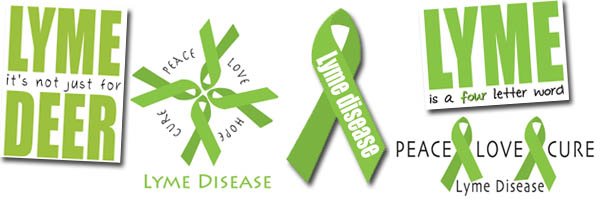May is almost over and I haven't done all that I felt I needed to do to help spread the word about Lyme Disease. I never feel like I am doing enough but when you are dealing with LD sometimes it is all you can do just to survive, let alone advocate for others. My husband and I feel like LD is our new religion because it has permeated every aspect of our lives...we can't get away from it and we have become Lyme Awareness Evangelists.... Everywhere we go we end up talking about Lyme...whether we are answering questions about Scott's cane, PICC or why he isn't currently driving...Lyme Disease is everywhere and we are just trying to survive.
Scott has been in IV treatment for the past 17 months and we are exhausted. Every day is a struggle for him because no one in our local medical community recognized the CLASSIC LYME SYMPTOMS back in 1997. NO ONE should have to suffer like this. Something needs to be done. Doctors need to open their hearts and minds to the possibility that they DON'T KNOW EVERYTHING and be willing to listen and learn about this debilitating disease. If you haven't bought your Lyme Disease Awareness products...NOW IS THE TIME!
Methylene Blue and Lyme
2 years ago














